What? |
|---|
|
The Shikoku Pilgrimage (四国遍路) crosses the whole island, passing 88 temples, just as it is told that Kobo Daishi (弘法大師), the founder of Shingon Buddhism did. The local Economic Research Institute has partitioned the pilgrimage in several two to three day walking routes to make it a little bit more accessible for foreign tourists. I was invited to test route 7: the area associated with Kobo Daishi, spanning from temple nr. 65 (Sankakuji 三角寺) to nr. 75 (Zentsuji 善通寺). This third and last day of my first experience with the Shikoku 88 temple pilgrimage will take me past not less than 6 temples: from nr. 70 Motoyamaji (本山寺) to nr. 75, Zentsuji, where Kobo Daishi was born. |
Where? |
The start of this third day can be easily placed at Kanonji Station (観音寺駅) on the JR Yosan Line (JR予讃線), while the last temple is nearby Zentsuji Station (善通寺駅) on the JR Dosan Line (JR土讃線).
Both stations are located in Kagawa Prefecture (香川県).

|
URL |
| Shikoku Henro Trail |
I took very well care of my left foot yesterday. This morning I was confident it would take me to end destination Zentsuji without a problem - partly of course; I would need both my feet.
But I was looking at the route I needed to be taking, and I was doubting.
Not that it would be hard; the near 28km walk would be mostly flat. But the past two days taught me that while many stretches are nice and pretty, the ones following the national roads surely aren’t.
Today’s route would guide me almost exclusively along those roads. In other words: never-ending drabness.
I contemplated taking the train between temples nr. 70 and nr. 71…
But it would feel a bit like cheating, so I mustered up the courage and headed out.
And I was glad I did. Because the route heads in the same direction as the national roads, but only follows them for short stretches. Mostly it leads you along small roads nearby that run the through fields, farms and ponds full of little turtles who jumped in the water like synchronized divers when they noticed me approach.
But despite the pretty rural landscape, the distance is long. Very long.
My left foot started to act up. There was a new blister there for sure. It didn’t matter. As long as you leave your foot in the shoe and keep your pace steady it shouldn’t be a problem.
But then I arrived at temple nr. 71 Iyadaniji (弥谷寺). Until now this one was the most impressive one, with long and high stairs as approach and built on the hillside like the one in distant Yamadera (山寺). The place breathed authenticity, and as it was Saturday it was being swamped by weekend-pilgrims, all dressed in traditional garb. I felt like I entered some Studio Ghibli movie and it gave me renewed energy, until…
I had been getting stamps and signs in the temples as if they were Pokémon cards. You pay 300 yen and a monk or apprentice will draw you a beautiful calligraphy in your collection book. It’s nice, everyone does it, it goes smooth.
It will also be nice at Iyadaniji, it will also go smooth at Iyadaniji, I’m sure of that.
But there it was, that dreaded sign appearing at so many places in Japan, but until now only apparent because of its absence… the sign to take off your shoes!! At this particular temple I needed to do the one thing that I absolutely wanted to avoid…
So I complied, I got my Pokémon card, I mean calligraphy, but getting out of the shoe was the worst thing I could have done.
The way to the next temples led me through an unspoiled patch of (bamboo) forest, and I enjoyed this path so very much. But it went down and every step just meant pain.
Luckily the remainder of the road would be flat again, but I decided to cancel my planned detour to the top of Shashingatake Zenjo (捨身ヶ嶽禅定) behind temple nr. 73 Shusshakaji (出釈迦寺). Going up wouldn’t be a problem, going down would kill my foot.
So I just walked the remainder of the regular course. Temple nr. 72 Mandaraji (曼荼羅寺), nr. 73 and nr. 74 Koyamaji (甲山寺) were nice, but by now I had of course already seen quite some temples. The final stop of my route however, nr. 75 Zentsuji, was of a whole different category. Pretty huge with many buildings and a big pagoda; a true touristic asset. In all its grandeur and with its significance as the birthplace of Kobo Daishi it was definitely the religious highlight of these three days. But pardon me to prefer some smaller place like nr. 65 Sankakuji or nr. 71 Iyadaniji.
All in all these three days of the Shikoku pilgrimage learned me to respect even more the people who finish such an undertaking.
Some parts justified the long walking while others were drab and never seemed to be ending.
Most was on paved roads but also through rural areas so the walking remained pleasant.
Taking one of the three day routes of the pilgrimage might be a way to get to know if the complete “tour de Shikoku” is something for you or not. Because definitely not everyone will be able to walk the full length nor persevere on the less attractive paths.
Shikoku Pilgrimage Part 1 - Iyo-Mishima to the Foot of Mount Unpenji
Shikoku Pilgrimage Part 2 - Heading for Kanonji
Shikoku Pilgrimage Part 3 - Six Temples in One Day
Shikoku Pilgrimage Part 4 - Going Into the Mountains
Shikoku Pilgrimage Part 5 - The Oldest Stretch on the Shikoku Pilgrimage
Shikoku Pilgrimage Part 6 - Following the Shoreline to Yakuoji
>>More pictures<< |
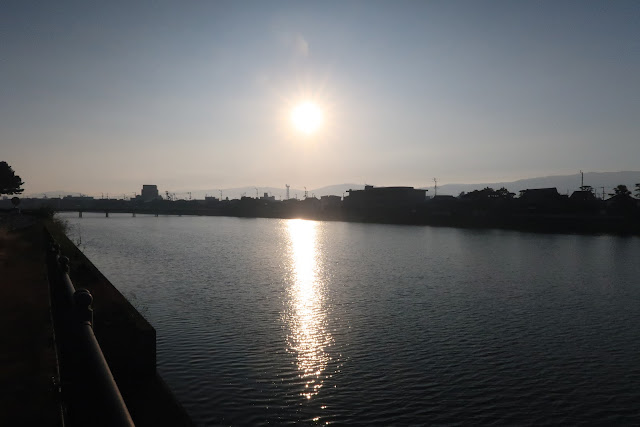
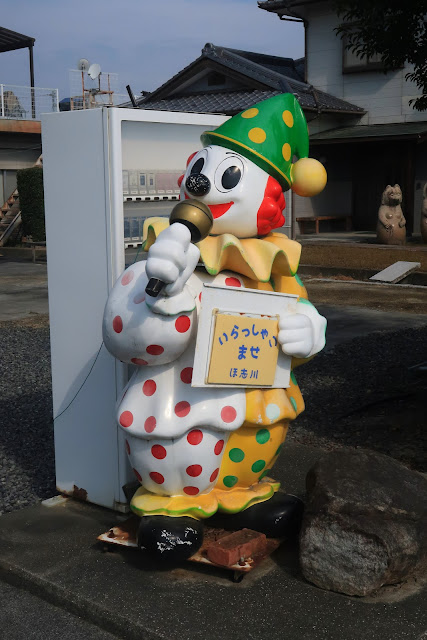
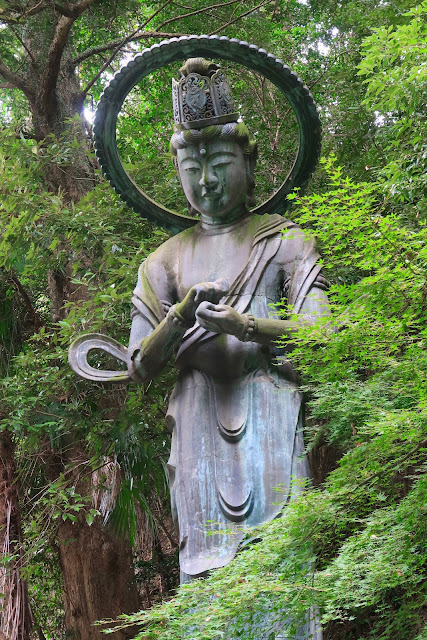
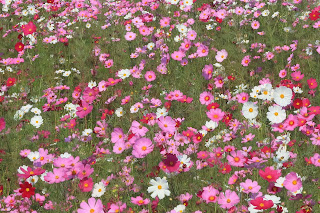

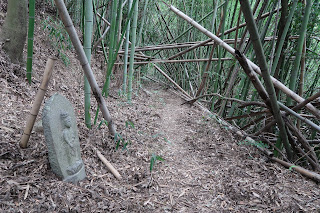
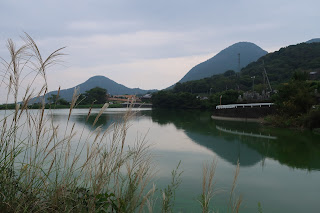
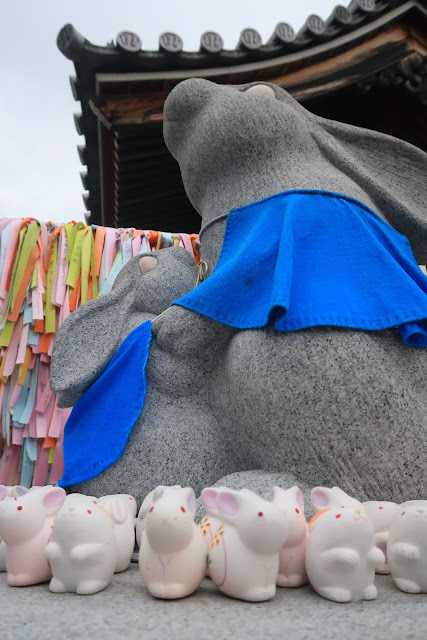












No comments:
Post a Comment